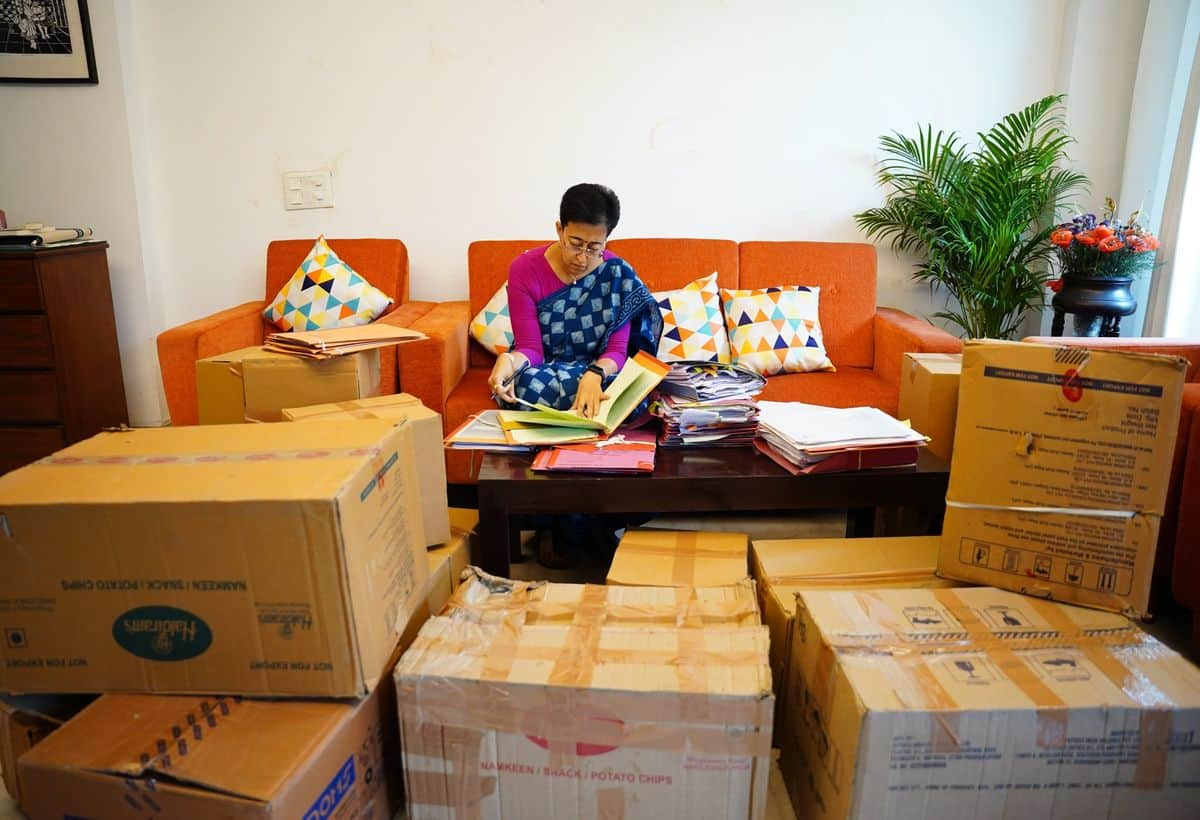In recent developments, the political landscape in Delhi has taken a new turn with the allocation of the official residence for the Chief Minister. The Public Works Department (PWD) has officially assigned the 6 Flag Staff Road bungalow to the current Chief Minister Atishi. This bungalow, also referred to as the Delhi CM House, has become the focal point of intense political rivalry, especially between the Aam Aadmi Party (AAP) and the Bharatiya Janata Party (BJP).
The Significance of the Delhi CM House
The Delhi CM House serves not just as a residence but as a symbol of political authority and governance in the National Capital Territory. It is a crucial location for hosting dignitaries, coordinating government activities, and executing state functions. The allocation of this residence to Chief Minister Atishi marks a significant moment in Delhi’s political history.
Political Rivalry: AAP vs. BJP
The allocation of the CM House has sparked heated debates and confrontations between the AAP and BJP. Both parties have expressed their strong opinions on the issue, with AAP viewing this allocation as a step towards transparent governance, while the BJP alleges politicization of government resources. The clash is not only about the residence but also about the broader implications for governance and political strategy in the region.
Historical Context of the Bungalow
The 6 Flag Staff Road bungalow, like many CM residences, has a rich history intertwined with Delhi’s political past. Each occupant of the residence has left a mark, influencing policies and governance styles. Understanding its significance can shed light on the evolving political dynamics in Delhi.
Public Reaction and Implications
The public reaction towards this development has been mixed. Supporters of AAP celebrate the allocation as a victory for progressive governance, while BJP supporters view it as a misuse of power. This division among the electorate may have far-reaching implications for future elections, policy directions, and public sentiment regarding governance in Delhi.
Conclusion: The Future of Delhi’s Political Landscape
As Atishi settles into her new role at the Delhi CM House, it will be interesting to observe how this development influences the political climate in Delhi. The ongoing rivalry between AAP and BJP continues to evolve, setting the stage for future political maneuvers and potentially reshaping the governance of one of India’s most vibrant regions. The situation remains dynamic, and stakeholders across Delhi are keenly watching how this allocation will impact the political discourse moving forward.
